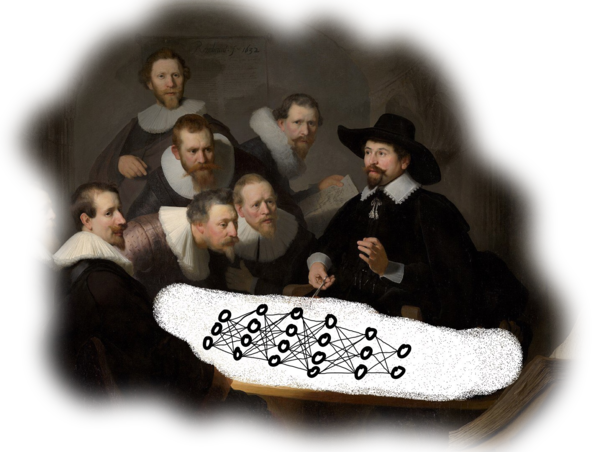MIT Reading Group (Fall 2022):
The Science of Deep Learning

Welcome to the Science of Deep Learning Reading Group! This fall at MIT (2022), we will be reading
papers relevant to understanding what deep neural networks do and why they work so well. While deep learning has
driven a huge amount of progress in AI in the last decade, this progress has primarily been the result of trial and error,
guided by loose heurististics, rather than by a principled understanding of these systems. We will be reading works which may help us gain
a more principled understanding of deep neural networks.
We are running three sections:
- Wednesdays @ 6-8pm in 2-151, led by Eric Michaud
- Friday @ 7:30-8:30pm in 4-146, led by Eric Michaud and Alex Infanger
For sections which are two hours, the first hour will mostly be for reading and the second hour mostly for discussion. So if you've already done the reading, it may make sense to show up an hour late.
This reading group is being organized by Eric Michaud, Kaivu Hariharan, and Guilhermo Cutrim Costa, with
support from the MIT AI Alignment Club (MAIA).
Syllabus
Week 1 - Outlook for the Science of Deep Learning
Is the task of understanding deep learning more like physics or biology?
Week 2 - Scaling Laws
Bigger networks are better, predictably.
Week 3 - Explanations of Scaling Laws
Why are bigger networks better, predictably?
Week 4 - Emergent Capabilities
Neural network performance not so predictable after all?
Week 5 - Induction bumps
A "phase change" in model performance during training
Week 6 - Grokking
Neural Networks sometimes need a while to think
Week 7 - Adversarial Examples
Deep neural networks are alien minds
Week 8 - The Infinite-Width Limit
Super wide neural networks become simple
Week 9 - Information theory
Compression vs fitting in deep networks
Week 10 - The Lottery Ticket Hypothesis
You could have trained a much smaller network, if only you initialized it right
Week 11 - The Generalization Mystery
Neural Networks learn things which generalize when they could have memorized


